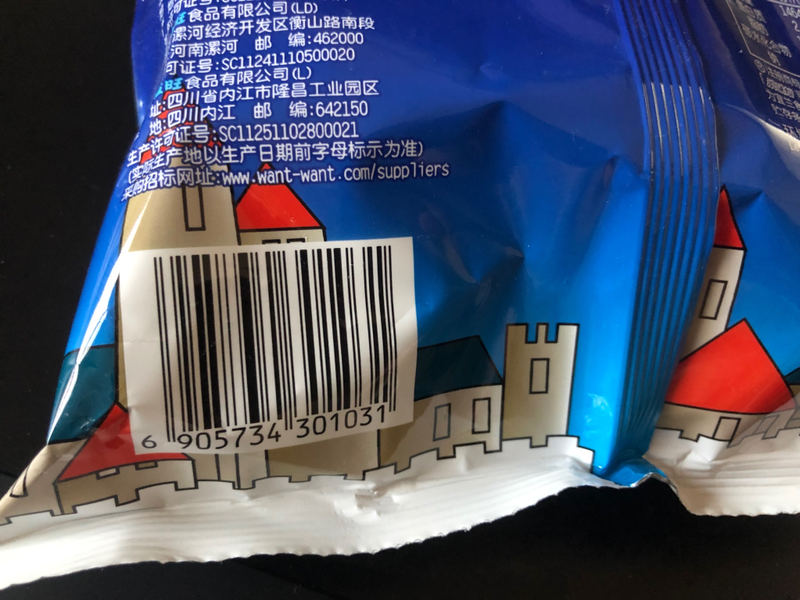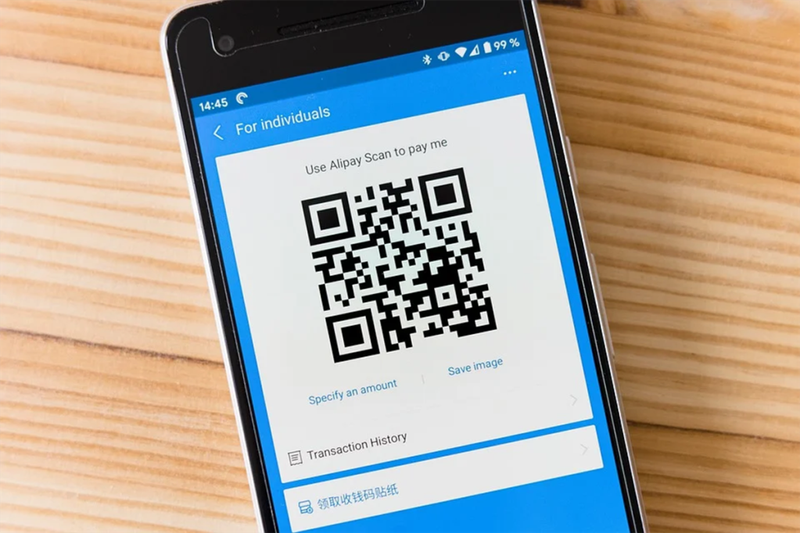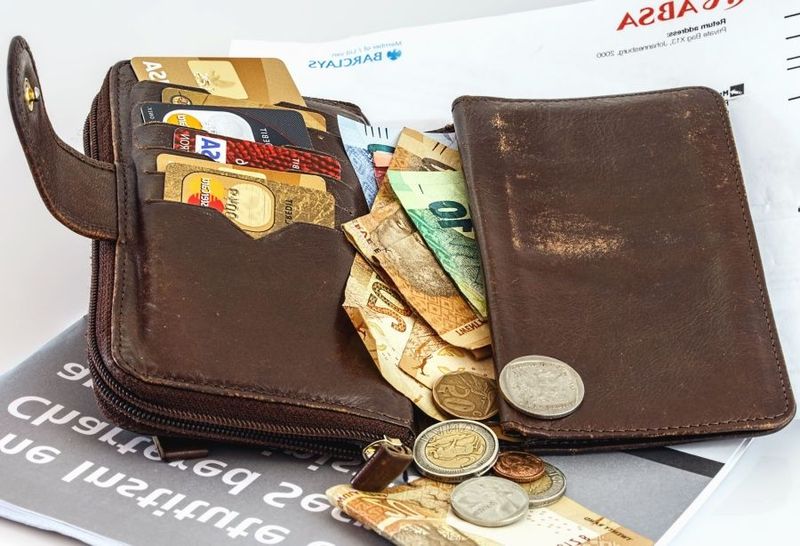icon
password
Multi-select
tags
ID
type
status
slug
summary
category
date
Author
URL
How can a small QR code bring earth-shaking changes to Chinese people's way of life?
For foreigners living or traveling in China for the first time, there can be very confusing: Why are there so many QR codes in Chinese cities? People in China use QR codes to shop in supermarkets, use shared bikes, and add friends. From children in primary school to people in their 60s and 70s, almost everyone is using QR codes.
In fact, Chinese people traveling or living abroad for the first time have feelings: Why use URLs in the physical world? It can’t be clicked like it was on the Internet. Why don’t they use QR codes? Isn’t it much more convenient to open your phone and scan it than to enter the URL?
To understand why Chinese people like QR codes so much, we have to start from the beginning.
Born in Japan, flourishing in China
The Birth of QR Code
Although China is now one of the most widely used countries for QR codes, many people don’t know that this object was not invented here. Even QR code was not anything new in this century: it could be dated from the 1990s.
QR code, which stands for Quick Response, was invented by Masahiro Hara of Denso Wave in Japan back in 1994. As a subsidiary of DENSO, the world’s largest automotive parts supplier, Denso Wave’s initial reason for using QR codes was also simple – to track manufactured parts.

By the 1980s, bar codes were already widely used in the manufacturing industry, yes, that little thing you often see on snack packaging. In the 1990s, however, as production methods became more flexible, barcodes became inadequate for producing control. Due to the bar code capacity limitation, the factory needs to use multiple bar codes simultaneously for tracking, which greatly affects the efficiency.
Masahiro Hara originally wanted to solve this problem by improving the scanner. But as parts got smaller, he felt the need for a bar code that could store more information. Thanks to his small team of two, QR codes were invented. He released the technology free of charge and did not apply for a patent.
Since then, although QR codes have been used in relevant enterprises in Japan, they have not been widely used in the society. The subsequent popularity of QR codes in China had little to do with Masahiro Hara, and the wide range of uses for QR codes was probably something he had not envisioned.
Emerging in China
The popularity of QR codes in China began in 2010. In October of that year, Alipay, one of China’s largest third-party payment platforms, launched the QR code payment function in China for the first time. Users scan the merchant’s QR code and follow the prompts to complete the transaction.

In 2011, Xiaomi, one of the largest cell phone manufacturers in China, released the world’s first Android phone priced below $300. Since then, China’s smartphone market has started the era of “price war”, which makes China’s smartphone market show a high growth trend.
According to the data, the annual sales of smartphones in China reached 73.444 million units in 2011, achieving a 129.4% growth. Smartphones were beginning to spread in China, which is the basis for everything.
In late 2012, WeChat, one of the most used instant messaging apps in China, added the QR Code Scan feature in a new version. Although most people consider it a small function, WeChat officially defines it as a hyperlink between the physical world and the Internet.
WeChat’s promotion of QR code technology was inspired by a town in the UK called Monmouth. CBS News called it “World’s first Wikipedia town” in 2012. That’s because the town has posted QR codes with Wikipedia entries on almost all of its attractions. Wechat used the town as a case study for QR codes as physical hyperlinks at its annual event in December 2012.
In 2013, WeChat Pay launched. WeChat and Alipay had fierce competition in the field of mobile payment. They tried to get every offline retailer to use its QR code and offer users discounts similar to credit card points-Similar to credit card points.
Almost all Chinese merchants have started using QR codes, even displaying QR codes from two apps together. This competition has contributed to the development of China’s mobile payment industry on the one hand and has taught almost all Chinese people how to use QR codes on the other.
Qr code beat URL and NFC
Compared with people in western countries, Chinese people do not have the habit of memorizing URLs. Older Chinese may not have studied English, URLs have a high threshold for Chinese people. Imagine if there are two choices in front of you – one is to scan the QR code, and the other is to manually enter “犇骉鱻羴麤飝龘”, which one would you choose? Even though URLs can be favorites, it only becomes a bit more convenient, truly very little.
(I must admit, even in China, only very, very, very few people kwow how to pronounce those words.)
The number of Internet users in China was 538 million in 2012 and 940 million in 2020. For many Chinese who became Internet users after 2012, hyperlinks were never considered normal. Especially for the elderly and children, the first thing they might encounter is not a URL, but a QR code.
NFC is short for Near Field Communication. Devices that use NPC technology (e.g., cell phones) can exchange data close to each other, using mobile interruption to enable applications such as mobile payments, e-ticketing, access control, mobile identification, and anti-counterfeiting.
Two technologies, QR codes and NFC have sparked competition in China. NFC technology is more advanced than QR codes. NFC is more advanced than QR code-a light sticker can achieve the desired function, indeed more convenient than unlocking the phone to scan the code. In the end, NFC failed, mainly because of Apple-at a time when the iPhone still had 50% of the Smartphone market in China, the iPhone didn’t support NFC. By the time the iPhone’s market share decreases in China, people have long been used to QR codes.
Having swept away URLs and NFC, there is nothing left to stop the popularity of QR codes in China.
It works really well here
Convenient, safe and sanitary
QR codes have a huge advantage over traditional payment methods. In the past, Chinese people usually carried a wallet with some cash and some savings or credit cards in it when they went shopping. You can even lose it if you’re not careful. With QR codes, you only need to carry a smartphone.

Imagine you buy a hot dog combo at a fast-food restaurant with cash, then you may get add extra $3.15 change in your wallet. Paying with a credit card will take time to find the right one in your wallet. QR code payments avoid such hassles altogether – each payment is for exactly the right amount, and choosing the account to pay is just a matter of moving your fingers.
Especially in today’s epidemic environment, The advantages of QR codes are more prominent. You never know what hands the change you receive has passed through before, and there’s no way to know for sure if the attendant who hands back your credit card has had contact with a virus carrier. But you can at least be sure that your phone is clean and that you don’t have to touch anything else to complete the payment.
From payments to every corner of life
Every Chinese person has at least one of WeChat or Alipay, or both, installed in their phone. Even most phones, including the iPhone, now come with a scan function. The large-scale application of the scanning function also makes the cost of using QR codes cheaper and cheaper.
When QR code becomes the most commonly used payment method in China, its use is no longer limited to the payment field-to add friends, restaurant orders, query product information. It seems that most of the problems in life can be solved with QR codes.
With the development of the times, QR codes are becoming more and more convenient to interoperate in different apps – you can use WeChat to scan the code to view the webpage, or Alipay to scan the code to check health insurance information, and switch seamlessly between different apps.
As its name suggests, QR codes truly enable Quick Response. People in China now need only a smartphone to do many things with QR codes, which would have taken time and effort to accomplish befor.
As more Chinese people get used to living with QR codes, the inconveniences of traditional lifestyles are becoming more prominent. After all, when most people use QR codes, it may be hard to find a shared bike to use, even if you have the cash. It has encouraged more Chinese to embrace QR codes, which have become an integral part of their daily lives.
We have to say, QR Code is really a hyperlink to the physical world. Believe me, once you have experienced it, you will love this Chinese “QR code” lifestyle.
- Author:NotionNext
- URL:https://pandayoo.com/2021/12/27/why-do-chinese-people-like-qr-codes-so-much
- Copyright:All articles in this blog, except for special statements, adopt BY-NC-SA agreement. Please indicate the source!